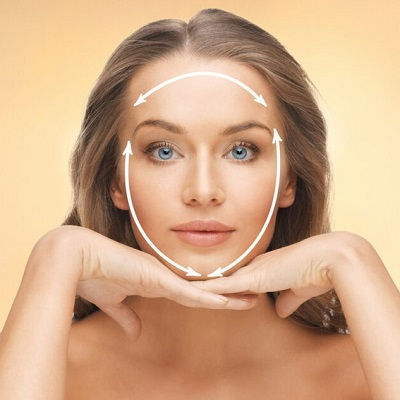Unlocking Radiant Skin: The Power of Chemical Peel Treatments
- iraj44835

- May 3, 2024
- 3 min read

In the realm of skincare, chemical peels have garnered significant attention for their ability to rejuvenate and revitalize the skin. These treatments offer a wide array of benefits, ranging from reducing signs of aging to improving skin texture and tone. Let's embark on a journey to explore the magic of chemical peel treatments and understand how they can transform your complexion.
Understanding Chemical Peels:
Chemical peels in Islamabad involve the application of a specialized chemical solution to the skin, which causes the outermost layer to exfoliate and peel off. This process stimulates cell turnover and promotes the growth of new, healthier skin cells, resulting in a smoother, more radiant complexion. The depth and intensity of the peel can vary, depending on the specific concerns being addressed and the desired outcome.
Types of Chemical Peels:
Superficial Peels: Also known as lunchtime peels, superficial peels are gentle treatments that primarily target the outer layer of the skin (epidermis). They are typically formulated with alpha hydroxy acids (AHAs) or beta hydroxy acids (BHAs) and are suitable for addressing minor skin concerns, such as dullness and uneven texture.
Medium Peels: Medium-depth peels penetrate deeper into the skin, targeting both the epidermis and the upper dermis. They often contain ingredients like glycolic acid, salicylic acid, or trichloroacetic acid (TCA) and are effective for treating sun damage, fine lines, and mild to moderate acne scars.
Deep Peels: Deep peels are the most intensive option, reaching into the deeper layers of the dermis. They typically utilize phenol or high concentrations of TCA to address more severe skin issues, including deep wrinkles, pronounced sun damage, and significant acne scarring. Deep peels provide dramatic results but require a longer recovery period.
Benefits of Chemical Peels:
Reduction of Fine Lines and Wrinkles: Chemical peels stimulate collagen production and promote skin renewal, resulting in a smoother, more youthful-looking complexion with diminished lines and wrinkles.
Improvement in Skin Texture: By exfoliating the outer layer of the skin, chemical peels help to remove dead cells and debris, revealing smoother, softer skin with a more refined texture.
Evening Out Skin Tone: Peels can help to fade dark spots, hyperpigmentation, and sun damage, resulting in a more even and radiant complexion.
Control of Acne and Breakouts: Certain chemical peels, particularly those containing salicylic acid, can help to unclog pores, reduce inflammation, and prevent future breakouts, making them an effective treatment for acne-prone skin.
Preparation and Aftercare:
Before undergoing a chemical peel, it's essential to consult with a skincare professional to assess your skin type, concerns, and suitability for the treatment. Your skincare specialist may recommend specific pre-peel preparations, such as discontinuing certain skincare products or medications, to ensure optimal results and minimize potential side effects.
After the peel, it's crucial to follow post-treatment care instructions provided by your skincare provider. This may include avoiding sun exposure, using gentle skincare products, and staying hydrated to support the skin's healing process and maximize the benefits of the peel.
Conclusion:
Chemical peels offer a versatile and effective solution for addressing a wide range of skin concerns, from aging and sun damage to acne and uneven texture. With the guidance of a qualified skincare professional and proper aftercare, you can harness the power of chemical peels to achieve radiant, rejuvenated skin and regain your confidence in your complexion.
For more information visit Dynamic Clinic PK.



Comments